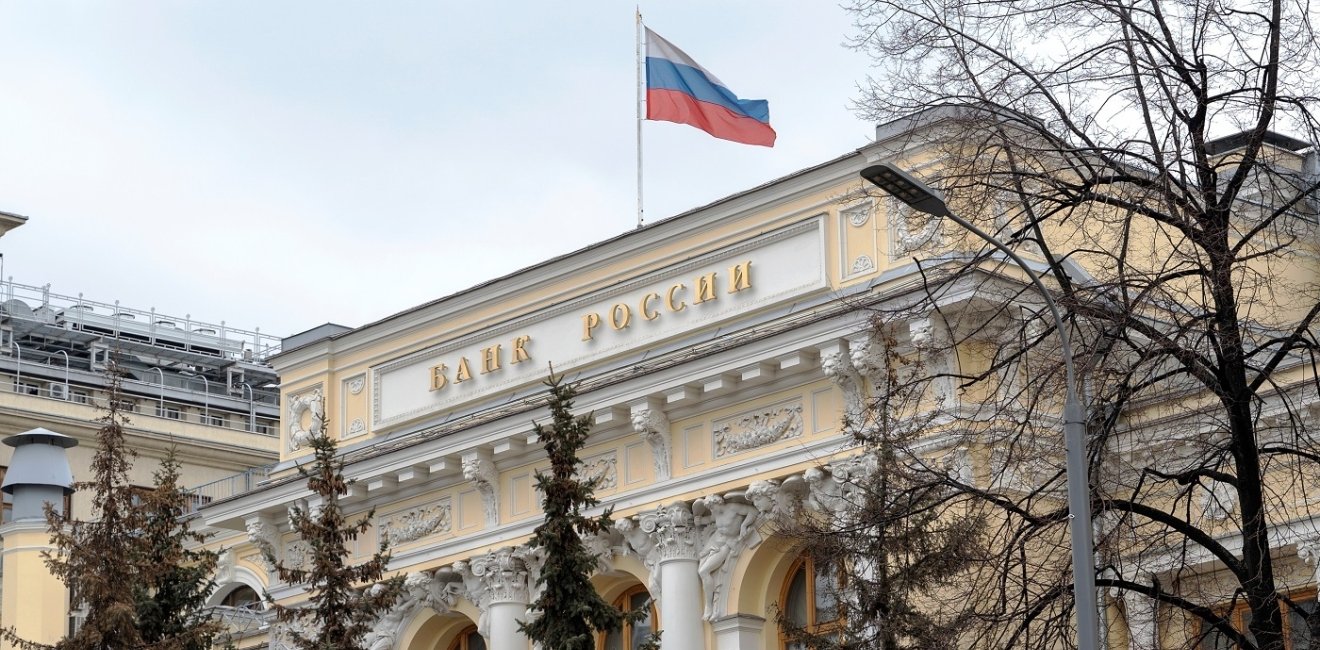
A blog of the Kennan Institute
This is part two of a two-part series. Read part one here.
Russia’s expenditures on the war are rising rapidly. Military spending in 2022 was anticipated to reach 3.5 trillion rubles. Though the actual execution of the budget after the start of the war was classified, it is likely that real spending on the war exceeded that level by September. This is only part of military spending, which in the Russian budget is disguised as spending on health care, education, pensions, industry, and so on. In 2022, military expenditures may exceed 5 percent of GDP, the maximum since the collapse of the USSR.
According to Russian Ministry of Finance forecasts, in 2022 the deficit may reach 2 percent of GDP. There is nothing left of the surplus, which was about 1.5 trillion rubles at the beginning of the summer. About 0.6 billion rubles from the National Welfare Fund (NWF) was spent to finance the deficit. The government is no longer trying to save some of the oil and gas revenues in the NWF, spending revenues from the price of oil below $62 (previously the cutoff threshold was $45).
Regional budgets are also experiencing great difficulties. The Russian Central Bank expects the final regional budget figures to show a deficit of 1.2 percent of GDP. Even during the COVID-19 pandemic, the total deficit sustained by the regional budgets did not exceed half this sum. Budget revenues from income taxes and other non-oil-and-gas sources have been sharply reduced.
Siberia, the Urals, and Central Russia have particularly serious budget problems. The regions here are in dire straits: metallurgists’ and coal miners' revenues have dropped significantly because of sanctions. The revenues of Murmansk and Krasnoyarsk oblasts and Khakassia, Chukotka, Dagestan, Lipetsk, and Kursk oblasts collapsed the most (by 40–67 percent). According to the Russian Central Bank forecast, the regional budgets will face a deficit at approximately the same level in 2023. Therefore the regions are trying to shift the cost of outfitting the mobilized solders to the volunteers as much as possible.
Losses from the war are incurred not only by the Russian state. Instead of the expected 3 percent growth by the end of 2022, the economy will show a decline of about 3 percent (in the fourth quarter it may have reached 6–7 percent). The total assets of Russian billionaires have fallen by almost $94 billion since the start of the war. Consumers are saving money, visiting malls less often, and reducing spending on cafés and restaurants, which are then forced to close. Consumption of the cheapest products is growing. Entrepreneurs have avoided dismissing employees amid declining sales by assigning them to part-time work and refusing New Year’s bonuses.
2023: Saving on Everything except War
In 2023 the budget situation will significantly worsen. Oil and gas revenues, according to the forecast of the MinFin, may decrease by 24 percent, from 11.7 trillion rubles to 8.9 trillion. The budget deficit is 2.9 trillion rubles, but it was planned before the announcement of mobilization. Analysts from VTB Bank and the VEB investment company believe that the deficit will reach 4–4.5 trillion rubles. The official budget forecast includes an unrealistic oil price of $70 per barrel. Each $10 per barrel decrease in the oil price deprives the government of about 1 trillion rubles in revenues. In addition, the decrease in GDP in 2023 may not be the 1 percent predicted by the government but 3 percent: the crisis caused by the war is not sharp but is protracted. In the case of continued mobilization, the decline may be more severe (emigration and mobilization have already deprived the Russian labor market of 1–1.5 million people).
The government's priorities in 2023 from the draft budget read with crystal clarity. "The head of state has instructed us to take measures to meet the needs of our Armed Forces and military formations," Prime Minister Mikhail Mishustin said. Spending on the military and on security services will grow from 24 percent of budget spending projected for 2022 to almost 33 percent in 2023 (9.5 trillion rubles). Spending on the economy will decrease compared to that in 2022, and the small increase in social spending will be eaten up by inflation.
Financing of the military and security services has never before reached such a large share of the federal budget. Spending on homeland security has almost doubled since 2021. Payments to mobilized forces alone may require about 2 trillion rubles. They are made through the Pension Fund, the costs of which will therefore increase by 19 percent. The share of "secret" budget spending (to make it more difficult to estimate the cost of the war) has increased from 16 percent to 22.4 percent. The financing of patriotic programs in schools has increased sixfold. The elections of 2024 will surely require direct unscheduled payments to the population, which will increase the deficit.
To keep inflation under control and not spend too much on debt service, the government has to cut spending and seek additional revenues. In September, agencies were tasked with reducing spending outside the defense and security sectors by 10 percent. The share of the budget spent on social policy is being shaved from 27 percent to 25 percent.
In autumn 2022, the government sent to the budget a record profit from Gazprom and increased the income tax levied on oil companies. However, the flow of gas money will soon dry up for years. In November 2022, one-time receipts from Gazprom provided 38.6 percent of budget revenues, which would have fallen 19 percent without them. In mid-December the government decided to levy more taxes on coal and fertilizer producers and increase the dividends paid by state-owned companies, including Sberbank and Rosneft.
Financing the Budget Deficit
The main way to finance the budget deficit is now domestic borrowing. After all, if the MinFin continues to use the liquid part of the NWF (7.6 trillion rubles) to finance the deficit, that source is likely to be exhausted in three to four years. In 2022 the government issued bonds worth almost 3 trillion rubles. The vast majority of them were bought by state banks with money borrowed from the Russian Central Bank. In fact, the Central Bank finances the budget deficit by printing money. At the November–December auctions, the MinFin sold record amounts of debt, sucking all the liquidity out of the market and giving buyers serious discounts. The domestic debt now is only 12 percent of GDP, but the cost of servicing that debt is high (the last loans were made at a rate above 10 percent), accounting for 5 percent of budget expenditures.
The government can use NWF funds only to a limited extent, as its investments are frozen in the Central Bank’s accounts in Western currencies. The government has some access to them through an accounting maneuver: the Central Bank credits the budget with rubles, then transfers frozen NWF funds into its account (so the government shifts funds from one pocket to another). There is no real sale of foreign currency assets, and the budget is essentially financed by emissions (i.e., lending or investing in other companies). The part of the NWF that remains liquid is only 5 percent of GDP, so emissions will soon be the only source of deficit financing.
In 2023, the government will have the necessary funds to finance military expenditures. However, it will be much more difficult for the government to find those funds. The pressure of sanctions creates great difficulties for the Russian state machine, and it will shift war costs to the population and businesses.
The opinions expressed in this article are those solely of the author and do not reflect the views of the Kennan Institute.
Author

Journalist and public educator; author of Telegram channel EventsAndTexts

Kennan Institute
The Kennan Institute is the premier US center for advanced research on Eurasia and the oldest and largest regional program at the Woodrow Wilson International Center for Scholars. The Kennan Institute is committed to improving American understanding of Russia, Ukraine, Central Asia, the South Caucasus, and the surrounding region through research and exchange. Read more

Explore More in The Russia File
Browse The Russia File
Chechnya as a Model of Modern Russia

Russia’s Indigenous Communities and the War in Ukraine

Gas and Power in a Changing US–Russia Relationship

